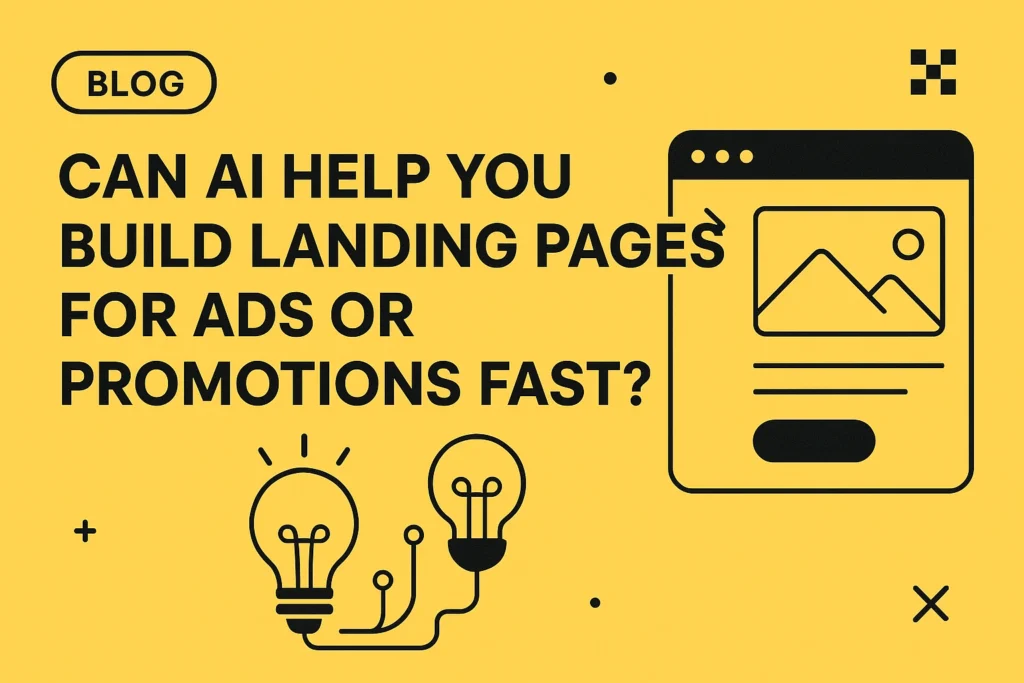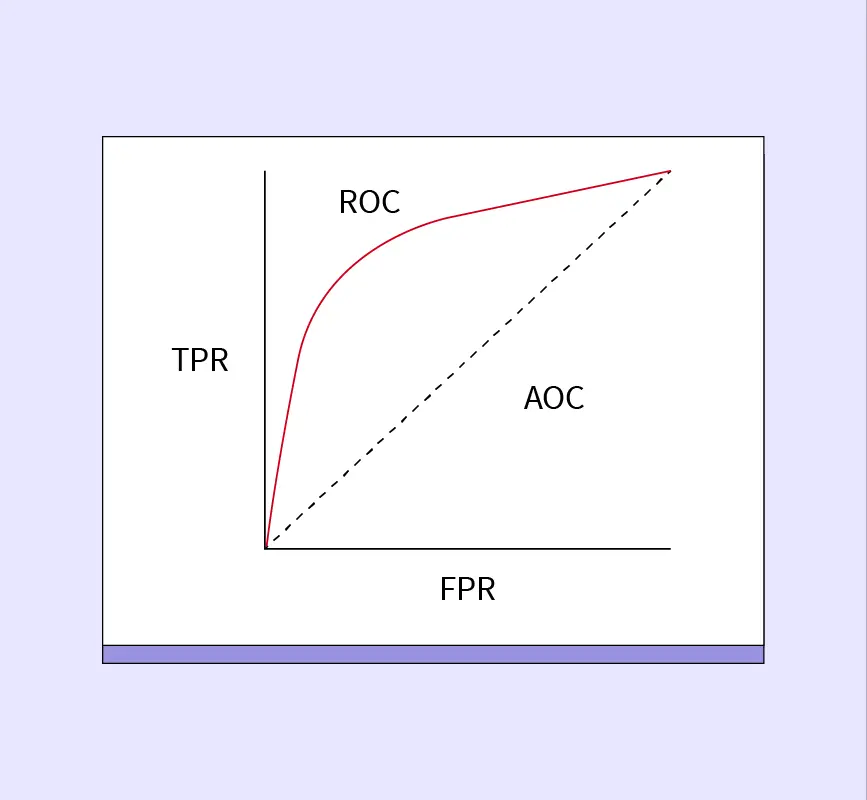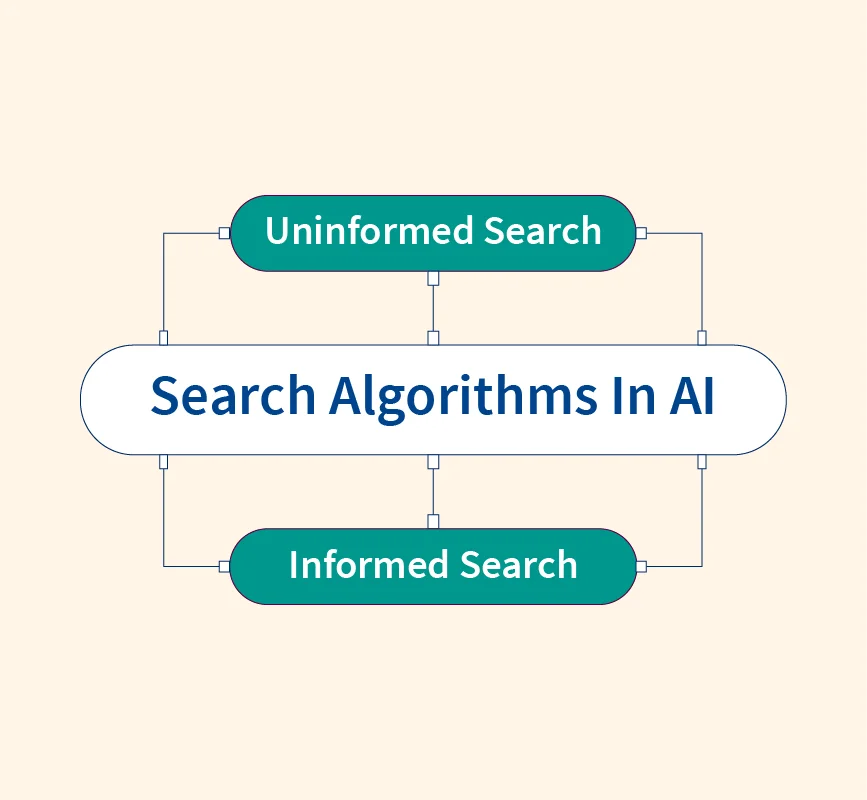Data Science and Artificial Intelligence (AI) are two of the most sought-after fields in technology today. While they share similarities, each plays a unique role in solving complex problems and driving innovation. With industries increasingly relying on data-driven insights and intelligent systems, understanding the distinction between these fields is essential.
In this article, we will explore the similarities and differences between Data Science and AI, highlighting their methodologies, tools, applications, and career paths. By the end, you’ll have a clear understanding of how these fields complement each other and their relevance in modern industries.
Similarities Between Data Science and Artificial Intelligence
Although Data Science and Artificial Intelligence (AI) are distinct fields, they share several overlapping aspects that make them interconnected in practice. Below are the key similarities between these two domains:
1. Data-Driven Approaches
Both fields heavily rely on data for decision-making and insights.
- Data Science: Extracts patterns and trends from structured and unstructured data to inform business decisions.
- AI: Utilizes data to train models that simulate human intelligence, enabling tasks like speech recognition and image analysis.
2. Interdisciplinary Nature
Both fields integrate concepts from multiple disciplines, including:
- Mathematics and Statistics: Essential for modeling and analyzing data.
- Computer Science: Forms the backbone for implementing algorithms and tools.
- Domain Knowledge: Helps apply solutions effectively in industries like healthcare, finance, or retail.
3. Predictive Applications
Predictive analytics is a shared focus of both fields:
- Data Science: Predicts trends, such as customer behavior or sales forecasting.
- AI: Powers predictive systems like recommendation engines and fraud detection models.
4. Problem-Solving Orientation
Both fields aim to solve real-world problems, albeit differently:
- Data Science: Focuses on descriptive and predictive analytics to derive insights.
- AI: Strives for automation and autonomous decision-making.
5. Data Quality Requirements
Clean and structured data is critical in both fields.
- Challenges such as missing data, noise, and unstructured formats affect the performance of AI models and Data Science processes alike.
6. Machine Learning Usage
Machine learning bridges Data Science and AI:
- Data Science: Uses machine learning for predictive modeling and classification.
- AI: Employs it as a core component to build intelligent systems capable of learning and adapting.
7. Shared Tools and Technologies
Popular programming languages and tools are used in both fields:
- Languages: Python and R dominate for coding.
- Tools: TensorFlow, Jupyter Notebooks, and Pandas are commonly employed.
Key Differences: Data Science Compared with Artificial Intelligence
While Data Science and Artificial Intelligence (AI) share common elements, they differ significantly in their purpose, approach, and applications. Below is a detailed comparison to help understand these distinctions:
1. Purpose
- Data Science: Focuses on extracting insights from data to support decision-making. It emphasizes statistical analysis and visualization.
- AI: Aims to create intelligent systems that can perform tasks typically requiring human intelligence, such as reasoning and problem-solving.
2. Approach
- Data Science: Involves data cleaning, exploration, and modeling using statistical and analytical methods.
- AI: Centers around building algorithms and models that enable machines to learn, adapt, and function autonomously.
3. Tools and Techniques
- Data Science: Relies on tools like SQL for data querying, Excel for basic analysis, and Python for machine learning models. Techniques include data wrangling, visualization, and statistical modeling.
- AI: Utilizes advanced frameworks like TensorFlow and PyTorch for deep learning, with a focus on neural networks, reinforcement learning, and natural language processing.
4. Data Utilization
- Data Science: Deals with analyzing historical data to uncover patterns and trends.
- AI: Uses real-time and historical data to train systems for tasks like image recognition and predictive analytics.
5. Applications
- Data Science: Business intelligence, market analysis, customer segmentation, and fraud detection.
- AI: Autonomous vehicles, chatbots, robotics, and smart assistants like Alexa.
6. End Goals
- Data Science: Provides actionable insights and aids in data-driven decision-making.
- AI: Creates self-sufficient systems capable of performing complex tasks without human intervention.
Applications: Data Science Compared with Artificial Intelligence
Data Science and Artificial Intelligence (AI) are applied across diverse industries, but their roles and impacts vary significantly. Below are some examples of their practical applications:
1. Data Science Applications
Data Science primarily focuses on analyzing data to derive insights and make informed decisions.
- Fraud Detection: Identifying unusual patterns in financial transactions to detect fraud.
- Customer Segmentation: Grouping customers based on behavior for targeted marketing.
- Sales Forecasting: Predicting future sales trends to optimize inventory and strategies.
- Healthcare Analytics: Improving patient care through data-driven insights, such as predicting disease outbreaks.
- Business Intelligence: Assisting organizations in making data-driven decisions using dashboards and reports.
2. Artificial Intelligence Applications
AI is used to develop intelligent systems capable of autonomous tasks.
- Self-Driving Cars: Using computer vision and decision-making algorithms for navigation.
- Chatbots and Virtual Assistants: Powering customer support and personal assistants like Siri and Alexa.
- Recommendation Systems: Enhancing user experience by suggesting products on platforms like Netflix and Amazon.
- Robotics: Automating manufacturing processes and performing tasks in hazardous environments.
- Healthcare: Assisting in diagnosis through AI-powered imaging tools and personalized treatment plans.
3. Overlapping Applications
Certain applications leverage both Data Science and AI for optimal results.
- Predictive Analytics: Combines Data Science’s statistical methods and AI’s machine learning to forecast outcomes like stock market trends.
- Personalized Recommendations: Uses Data Science for user profiling and AI for delivering tailored suggestions in e-commerce or streaming platforms.
4. Industry Use Cases
- Healthcare:
- Data Science: Analyzing patient data for disease trends.
- AI: Supporting surgeries with robotic assistants.
- Finance:
- Data Science: Risk assessment and fraud detection.
- AI: Automating trading systems.
- Retail:
- Data Science: Customer behavior analysis.
- AI: Building automated chatbots for customer support.
Careers Comparison: Data Science with Artificial Intelligence
Data Science and Artificial Intelligence (AI) offer promising career opportunities. However, their required skill sets, roles, and career paths differ significantly. Below is a detailed comparison of careers in these fields.
1. Required Skillsets
- Data Science:
- Technical Skills: Proficiency in Python, R, SQL, data visualization tools (e.g., Tableau, Power BI).
- Soft Skills: Problem-solving, communication, and storytelling with data.
- Unique Skill: Domain knowledge in business, healthcare, or other relevant sectors.
- Artificial Intelligence:
- Technical Skills: Deep learning, neural networks, machine learning frameworks (e.g., TensorFlow, PyTorch).
- Soft Skills: Analytical thinking and creativity to design intelligent systems.
- Unique Skill: Understanding of algorithms and automation.
2. Types of Roles
- Data Science Roles:
- Data Analyst: Analyzes data to find patterns and trends.
- Business Analyst: Bridges the gap between business needs and technical solutions.
- Data Engineer: Builds and maintains data pipelines for seamless access.
- AI Roles:
- Machine Learning Engineer: Develops and deploys machine learning models.
- AI Specialist: Designs AI-based solutions for specific problems.
- Robotics Engineer: Creates intelligent systems for automation.
3. Career Progression
- Data Science:
- Entry-level roles (e.g., Data Analyst) lead to advanced roles like Data Scientist or Chief Data Officer (CDO).
- Professionals can transition into managerial or consulting positions with experience.
- Artificial Intelligence:
- Progression from AI Developer or Machine Learning Engineer to roles like AI Architect or AI Research Scientist.
- Senior roles often involve leading AI strategies for organizations.
4. Salary Trends
- Data Science:
- Entry-level: ₹4,00,000–₹8,00,000 per year.
- Mid-level: ₹10,00,000–₹20,00,000 per year.
- Senior-level: ₹25,00,000+ per year.
- Artificial Intelligence:
- Entry-level: ₹6,00,000–₹10,00,000 per year.
- Mid-level: ₹15,00,000–₹30,00,000 per year.
- Senior-level: ₹40,00,000+ per year.
5. Job Market Demand
- Data Science: Consistent demand across industries such as finance, healthcare, and e-commerce for roles focused on analytics and decision-making.
- Artificial Intelligence: High demand in cutting-edge fields like robotics, autonomous systems, and AI-driven applications.
Conclusion
Data Science and Artificial Intelligence (AI) are transforming industries in unique ways. While Data Science focuses on analyzing data for insights, AI builds intelligent systems to automate tasks. Both fields complement each other, driving advancements in sectors like healthcare and finance.
Whether you’re interested in data analysis or developing intelligent algorithms, both fields offer promising career paths. Choose based on your interests and skill aspirations.
FAQs: Data Science vs Artificial Intelligence
What is the main difference between Data Science and Artificial Intelligence (AI)?
Data Science focuses on analyzing and extracting insights from data, while AI builds intelligent systems capable of autonomous decision-making.
Can Data Science and AI be used together?
Yes, they often complement each other. Data Science provides the insights and data preparation needed for AI systems to learn and function effectively.
Which field has better career prospects: Data Science or AI?
Both fields have excellent career prospects. Data Science is widely applied across industries, while AI offers opportunities in cutting-edge technologies like robotics and autonomous systems.
Do Data Science and AI require the same skills?
They share some skills, such as programming (Python) and data analysis. However, AI requires expertise in algorithms, neural networks, and deep learning, while Data Science emphasizes statistics, visualization, and domain knowledge.
Which industries use Data Science and AI?
- Data Science: Finance, healthcare, retail, and marketing.
- AI: Autonomous vehicles, robotics, customer service, and smart assistants.
Is AI a part of Data Science?
AI can be considered a subset or application area of Data Science, particularly when machine learning is used for building intelligent systems.
What are the starting salaries for Data Science and AI professionals?
Data Science: ₹4,00,000–₹8,00,000 per year for freshers.
AI: ₹6,00,000–₹10,00,000 per year for entry-level roles.
Which is harder to learn: Data Science or AI?
AI is generally more complex because it involves advanced topics like deep learning and neural networks, while Data Science focuses on analysis, which is easier for beginners to grasp.
What tools are commonly used in Data Science and AI?
- Data Science: Python, R, SQL, Tableau, Power BI.
- AI: TensorFlow, PyTorch, Scikit-learn, OpenCV.
How do I choose between a career in Data Science and AI?
Consider your interests:
- Choose Data Science if you enjoy analyzing data and uncovering insights.
- Choose AI if you’re passionate about building intelligent systems and working on automation.


